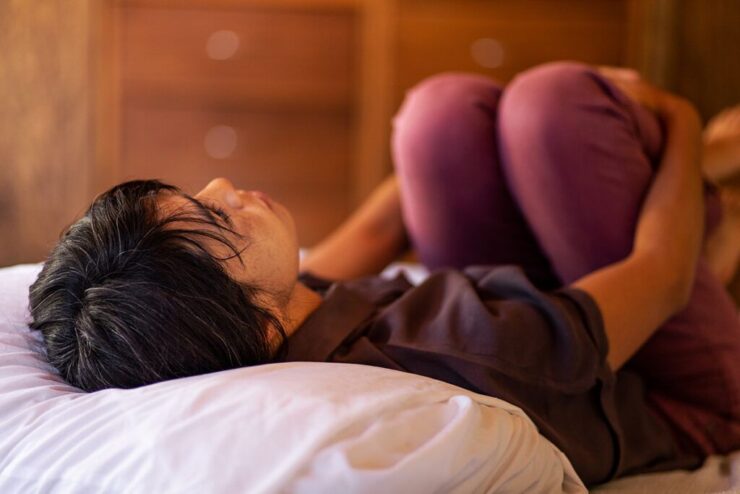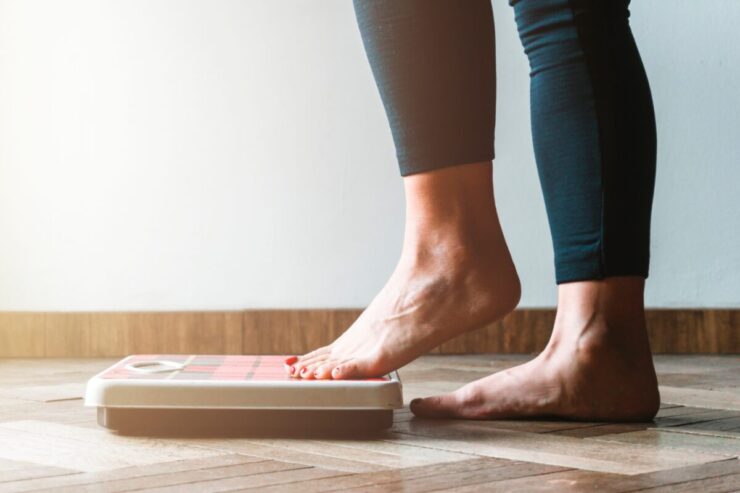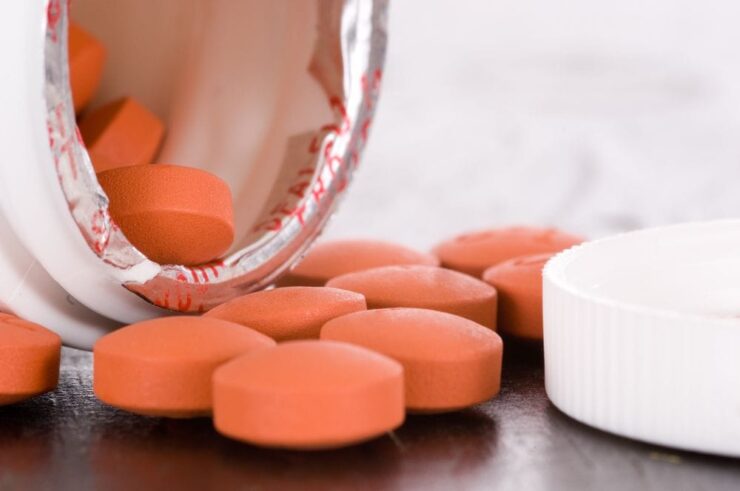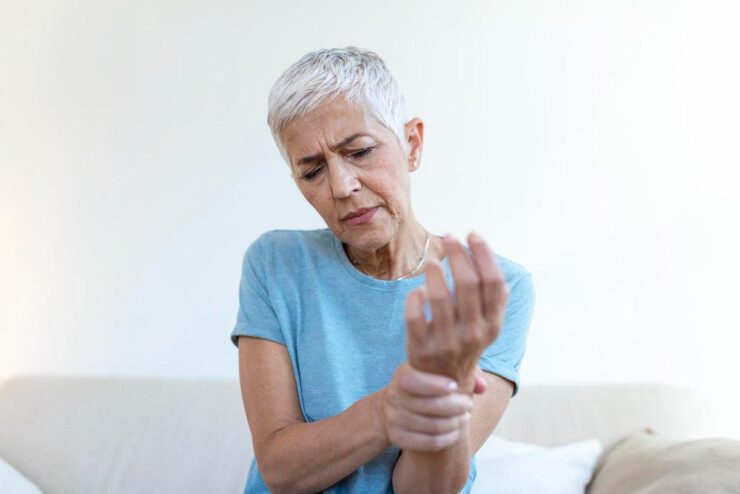Navigating through the journey of menopause brings along a myriad of physical and emotional changes. While some symptoms are widely discussed, others, like joint pain, remain in the shadows despite their substantial impact on daily life. Menopause joint pain can transform even simple tasks into challenges, affecting mobility, mood, and overall well-being. Recognizing and addressing this prevalent menopausal symptom is not just about pain relief but also about enhancing the overall quality of life during this significant transition.
Understanding Menopause Joint Pain

Described by some as “menopausal arthritis”, menopause joint pain usually presents as a trifecta of stiffness, swelling, or pain in the joints. But why does it occur predominantly during menopause? The answer lies primarily in hormonal fluctuations. As women approach menopause, there’s a sharp decline in estrogen levels. This hormone, beyond its reproductive role, possesses anti-inflammatory attributes. With its decline, inflammation tends to rise, intensifying joint discomfort. Additionally, estrogen also plays a role in maintaining the fluid that keeps our joints lubricated. With reduced levels, this lubrication diminishes, leading to increased stiffness and potential joint damage.
The Role of Diet and Nutrition

Our dietary choices have a profound influence on how our body responds to various challenges, including inflammation—a primary culprit behind joint pain. Foods can either aggravate inflammation or mitigate it. Embracing a diet rich in anti-inflammatory foods can provide significant relief. Omega-3 fatty acids, abundant in fatty fish like salmon and mackerel, are champions in reducing inflammation. Vegetables and fruits, especially berries, teeming with antioxidants, also combat inflammation effectively. On the other hand, it’s prudent to reduce or ideally eliminate processed foods, refined sugars, and excessive caffeine. These culprits can trigger inflammation, intensifying joint pain and this is why you should learn more about that subject.
Importance of Regular Exercise
The adage “motion is lotion” rings particularly true for those battling menopause joint pain. Although it might seem counterintuitive, regular physical activity can indeed be the panacea for such discomfort. Exercise enhances blood flow, ensuring nutrients reach joint tissues, promoting healing and flexibility. Weight-bearing exercises like walking or light weights strengthen the muscles surrounding joints, providing better support. Low-impact exercises such as swimming, yoga, and pilates are ideal, offering both cardiovascular benefits and flexibility without stressing the joints.
Weight Management

A link between excess weight and joint pain is undeniable. Carrying additional pounds exerts more pressure on weight-bearing joints, especially knees, hips, and the lower back. This not only exacerbates existing pain but can also hasten joint deterioration. Moreover, fat tissues produce inflammatory substances, contributing further to joint pain. Embracing a balanced diet and regular exercise is pivotal for weight management during menopause. By shedding those extra pounds, women can significantly reduce the strain on their joints and alleviate associated pain.
Hormone Replacement Therapy (HRT)
HRT has been a controversial yet potentially beneficial treatment for various menopausal symptoms, joint pain included. By restoring a semblance of hormonal balance, HRT can alleviate symptoms associated with estrogen decline, including joint discomfort. However, HRT isn’t a one-size-fits-all solution. While many women report relief from joint pain with HRT, there are associated risks like blood clots, breast cancer, and heart disease. It’s imperative to have an in-depth discussion with a healthcare professional before considering HRT.
Alternative Therapies
Delving beyond the boundaries of conventional treatments, there’s an intriguing realm of alternative therapies that countless women swear by. Acupuncture, an ancient Chinese medicinal practice, has been in vogue for thousands of years. Rooted in the belief of ‘Qi’ (energy flow), acupuncture aims to harmonize the body’s energy channels, often yielding tangible relief. Herbal remedies have carved a niche too. Black cohosh, reputed for its hormone-balancing properties, and evening primrose oil, rich in essential fatty acids, are frequently recommended. However, the spectrum of scientific evidence supporting these remedies varies, some robust and others still evolving. Thus, while exploring the world of alternative therapies, it’s prudent to maintain a balance—an open-minded enthusiasm paired with a cautionary approach, particularly to ensure they harmonize with existing treatments or medications.
Over-the-Counter Pain Relief

For a vast majority, over-the-counter (OTC) pain relievers emerge as the immediate recourse against the throes of menopause joint pain. Among the plethora available, Nonsteroidal anti-inflammatory drugs (NSAIDs), such as the ubiquitous ibuprofen, often stand out in efficacy. These drugs target inflammation, the root cause of the pain, offering relief. However, like every silver lining has a cloud, long-term usage of NSAIDs can usher in risks, particularly gastrointestinal disturbances or even ulcers. Hence, it’s not just about popping a pill. It’s about informed and judicious use. Always adhere strictly to recommended dosages, and in a maze of confusion, seeking guidance from a pharmacist or doctor can illuminate the path.
Lifestyle Adjustments
In the grand tapestry of life, sometimes, the most profound changes spring from small, subtle tweaks. Take sleep, for instance. Beyond being a refuge from fatigue, deep, restorative sleep functions as the body’s repair workshop, mending and rejuvenating stressed joints. Menopause often ushers in a companion—stress, which has an uncanny knack for amplifying joint pain. Counteracting this unwelcome guest can be as simple as adopting relaxation techniques. Whether it’s the rhythmic cadence of deep breathing, the serene realm of meditation, or the joy derived from engrossing hobbies, such interventions can be a panacea, dialing down stress levels and, by extension, mollifying joint pain.
Supportive Devices and Products
In the quest to quell joint pain, an entire arsenal of supportive devices and products stand ready to assist. Think of joint braces; these aren’t mere strips of fabric but engineered designs offering stability, ensuring joints move correctly, reducing the risk of injury. Ergonomic furniture, with its science-backed design, promotes optimal posture, mitigating undue strain on vulnerable joints. For immediate relief, there’s little that rivals the soothing embrace of heating pads or warm compresses, melting away stiffness. And for targeted action, topical analgesics, when massaged in, can work wonders. However, in this vast marketplace, discernment is key. Choose products not by their popularity, but by their alignment to individual needs, ensuring that the benefits aren’t just promised, but delivered.
When to Seek Medical Help

While the chorus about menopause joint pain is loud, discerning the nuances is essential. Not every pain is a mere menopausal whisper. Some might be the clarion calls of graver medical conditions, such as the inflammatory rheumatoid arthritis or the wear-and-tear induced osteoarthritis. Pain, especially if it persistently shadows daily activities, exhibits severe intensity, or if joints start resembling deformed caricatures rather than their natural selves, it’s a red flag. Such signals shouldn’t be muted but amplified to a healthcare professional. Armed with experience and expertise, they can sieve out the root cause, guiding towards a proper diagnosis and, by extension, the most appropriate therapeutic interventions.

